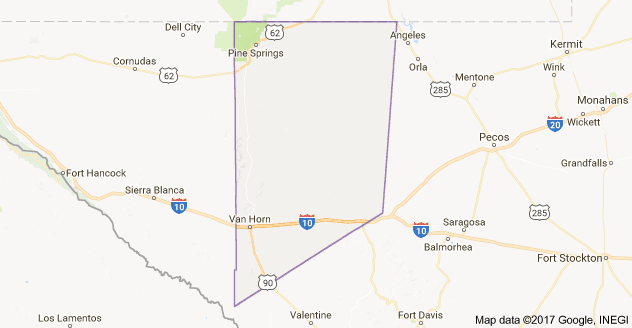
By Sarah N. Lynch
WASHINGTON (Reuters) – President Donald Trump’s administration on Wednesday escalated its battle with so-called sanctuary cities that protect illegal immigrants from deportation, demanding documents on whether local law enforcement agencies are illegally withholding information from U.S. immigration authorities.
The Justice Department said it was seeking records from 23 jurisdictions — including America’s three largest cities, New York, Los Angeles and Chicago, as well as three states, California, Illinois and Oregon — and will issue subpoenas if they do not comply fully and promptly.
The administration has accused sanctuary cities of violating a federal law that prohibits local governments from restricting information about the immigration status of people arrested from being shared with the U.S. Immigration and Customs Enforcement (ICE) agency.
Many of the jurisdictions have said they already are in full compliance with the law. Some sued the administration after the Justice Department threatened to cut off millions of dollars in federal public safety grants. The cities have won in lower courts, but the legal fight is ongoing.
The Republican president’s fight with the Democratic-governed sanctuary cities, an issue that appeals to his hard-line conservative supporters, began just days after he took office last year when he signed an executive order saying he would block certain funding to municipalities that failed to cooperate with federal immigration authorities. The order has since been partially blocked by a federal court.
“Protecting criminal aliens from federal immigration authorities defies common sense and undermines the rule of law,” Attorney General Jeff Sessions said in a statement.
Democratic mayors fired back, and some including New York Mayor Bill de Blasio decided to skip a previously planned meeting on Wednesday afternoon at the White House with Trump.
“The Trump Justice Department can try to intimidate us with legal threats, but we will never abandon our values as a welcoming city or the rights of Chicago residents,” Chicago Mayor Rahm Emanuel said. “The Trump administration’s actions undermine public safety by jeopardizing our philosophy of community policing, as they attempt to drive a wedge between immigrant communities and the police who serve them.”
IMMIGRATION CRACKDOWN
The issue is part of Trump’s broader immigration crackdown. As a candidate, he threatened to deport all roughly 11 million of them. As president, he has sought to step up arrests of illegal immigrants, rescinded protections for hundreds of thousands of immigrants brought into the country illegally as children and issued orders blocking entry of people from several Muslim-majority countries.
Other jurisdictions on the Justice Department’s list include: Denver; San Francisco; the Washington state county that includes Seattle; Louisville, Kentucky; California’s capital Sacramento; New York’s capital Albany, Mississippi’s capital Jackson; West Palm Beach, Florida; the county that includes Albuquerque, New Mexico; and others.
The Justice Department said certain sanctuary cities such as Philadelphia were not on its list due to pending litigation.
On Twitter on Wednesday, De Blasio objected to the Justice Department’s decision to, in his words, “renew their racist assault on our immigrant communities. It doesn’t make us safer and it violates America’s core values.”
“The White House has been very clear that we don’t support sanctuary cities,” White House spokeswoman Sarah Sanders said, adding that mayors cannot “pick and choose what laws they want to follow.”
The Justice Department last year threatened to withhold certain public safety grants to sanctuary cities if they failed to adequately share information with ICE, prompting legal battles in Chicago, San Francisco and Philadelphia.
In the Chicago case, a federal judge issued a nationwide injunction barring the Justice Department from withholding this grant money on the grounds that its action was likely unconstitutional. This funding is typically used to help local police improve crime-fighting techniques, buy equipment and assist crime victims.
The Justice Department is appealing that ruling. It said that litigation has stalled the issuance of these grants for fiscal 2017, which ended Sept. 30.
(Reporting by Sarah N. Lynch and Makini Brice; Editing by Will Dunham)









